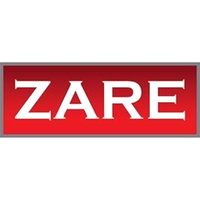
ZARE
In 2009 ZARE officially opened the rapid prototyping department: the ZARE Prototypes! The desire to excel and offer a 360 ° service to its customers, lead the department to a rapid growth, so that after only four months from the purchase of the first prototyping machine, it introduces a second capable of making prototypes in various materials rigid and even in rubber of different hardness.